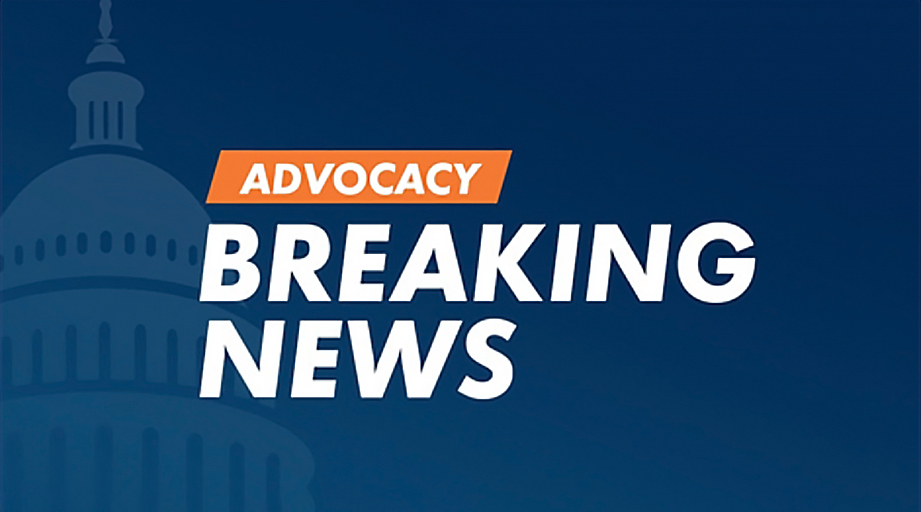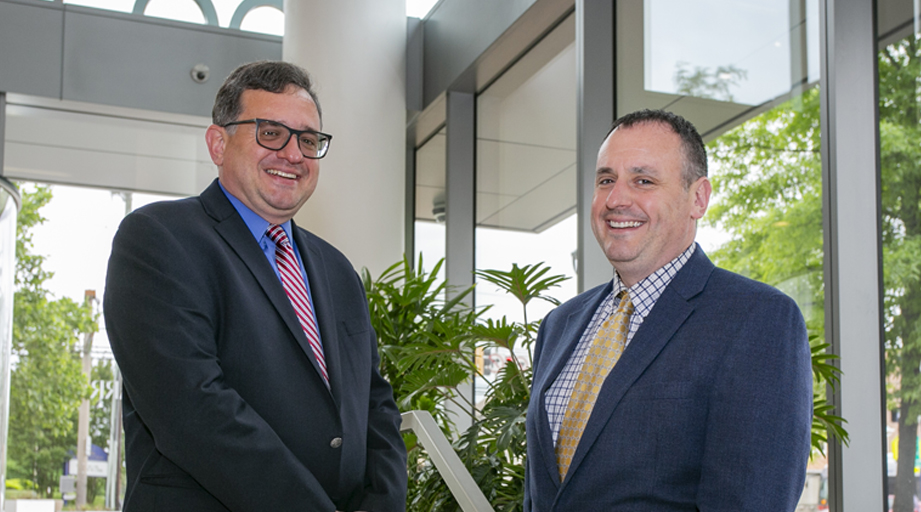
In Illinois, an outbreak of vitamin K–dependent antagonist coagulopathy among users of tainted synthetic cannabinoids has kept clinicians on alert and unnerved victims who need care for serious bleeding episodes and related symptoms.
“These people are so scared because they were previously healthy,” said Patrick Lank, emergency physician and medical toxicologist at Northwestern Memorial Hospital in Chicago. “They’re . . . bleeding from places where they shouldn’t be bleeding.”
Lank said the clinical presentation has included spontaneous bleeding from the gums, vomiting of blood, blood in the stool, and nosebleed in otherwise healthy people.
The Illinois Department of Public Health (IDPH) on April 23 reported 151 cases since March 7 of severe bleeding, including 3 deaths, related to the ingestion of synthetic cannabinoid products.
State and federal public health officials announced that the outbreak appears to be linked to the presence of brodifacoum, a rodenticide, in the synthetic cannabinoid products.
IDPH describes the synthetic cannabinoids as “human-made, mind-altering chemicals that are either sprayed on dried, shredded plant material so they can be smoked or sold as liquids to be vaporized and inhaled in e-cigarettes and other devices.” The products are sold under numerous brand names, including K2, Spice, Black Mamba, and Genie.
Most cases of coagulopathy have been reported in central Illinois and the Chicago area. The Centers for Disease Control and Prevention (CDC) in April reported additional cases in Florida, Indiana, Kentucky, Maryland, Missouri, Pennsylvania, Virginia, and Wisconsin.
Lank said there’s been a need to work collaboratively with the hospital’s coagulation laboratory personnel to ensure that clinicians are informed about “grossly abnormal” test results for these patients.
“The values they’re seeing, the degree of coagulopathy they’re seeing, make it seem more like an error” than a valid test result, Lank explained.
He said the emergency department staff’s biggest concern in the days ahead is to identify new cases. Another issue, he said, is that “we don’t yet know why brodifacoum was in the synthetic cannabinoids” and, thus, how to end the poisonings.
Carol DesLauriers, senior director at the Illinois Poison Center, said that until this outbreak occurred, experience with human exposure to brodifacoum was limited to cases of suicidal ingestion of the rodenticide. She said the poison control center worked with public health officials and area hospitals on treatment guidelines and is also assisting with the national investigation of the outbreak.
“The goal is to stop it, and to prevent anyone else from getting sick,” DesLauriers said.
Ahmed Mahmoud, critical care and emergency pharmacist at Northwestern Memorial Hospital, said treatment for the poisoning victims is typically based on the severity and type of bleeding and largely consists of administration of phytonadione (vitamin K1) and, if needed, fresh frozen plasma. For life-threatening bleeding, administration of prothrombin complex concentrate may be necessary.
Mahmoud said all of the outbreak victims have required hospitalization so they can be stabilized.
“The gold standard is to administer vitamin K. But we don’t know what the required dosage would be,” he said. “So there has to be a period of observation where we trial . . . the minimum required dose for the person.”
DesLauriers said the poison control center is aware of cases in which patients required up to 200 mg of phytonadione per day during their hospital stay.
Mahmoud said his chief concern is having an adequate supply of medications to attain normal hemostasis. Also important, he said, is ensuring that patients understand the need to continue phytonadione therapy after discharge to prevent renewed bleeding.
“Just missing 1 or 2 doses has great consequences,” Mahmoud said.
Those concerns are shared by Gary Peksa, clinical pharmacy specialist in emergency medicine, and Nora Flint, associate corporate director of pharmacy, at Rush University Medical Center in Chicago.
Peksa and Flint said in mid-April that the hospital had admitted 3 patients who were sickened in the outbreak. The patients arrived on a weekend within a short timespan, and each required about 150 mg of phytonadione per day.
“We don’t go through 450 mg in a [typical] month,” Peksa said.
And Flint said no one knew, at the time, whether more outbreak victims would arrive and require large dosages of phytonadione.
Although the inpatient medication supply proved sufficient for the 3 patients, outpatient supplies of oral phytonadione presented a challenge.
For 1 patient, Flint said, the physician prescribed a 30-day regimen of phytonadione 50 mg taken 3 times daily. Because prescription phytonadione tablets are marketed only in the 5-mg strength, 900 tablets were needed to fill the prescription.
She said the care team’s preference, to ensure timely filling of phytonadione prescriptions, was to send patients to the hospital’s onsite outpatient pharmacy, which didn’t initially have enough tablets in stock.
“We had to work with them to . . . get that in in a very, very short period of time,” Flint said.
A March 28 memorandum from IDPH asked Illinois pharmacies to stock sufficient phytonadione oral products to fill outpatient prescriptions for dosages of at least 50 mg/day. Patients will require treatment for “several weeks to months,” according to the announcement.
The memorandum also acknowledged that phytonadione is a high-cost drug for patients and urged pharmacies to identify the most cost-effective formulations. The memo stated that patients should be told not to use phytonadione dietary supplement products because they contain far too little phytonadione to counter the coagulopathy.
CDC, in its April 5 outbreak alert, stated that the cost of outpatient oral phytonadione treatment “can be $8,000 for 2 weeks” of therapy.
Flint praised her fourth-year pharmacy students for working doggedly with insurers who balked at covering outpatient prescriptions for large quantities of phytonadione.
“It was no easy task to deal with prescriptions that were very, very unusual and having to make sure the insurance companies knew that this was an unusual situation,” Flint said.
Desi Kotis, director of pharmacy at Northwestern Memorial Hospital, said one way to potentially reduce medication costs is to administer i.v. formulations of phytonadione orally. She said the hospital’s drug information center had researched this topic in the past because of cost and product-availability issues.
Flint said Rush University Medical Center also researched the practice and has “been using i.v. vitamin K to make an oral solution for some time.”
Samantha Bastow, assistant director of clinical pharmacy services at UChicago Medicine, said in mid-April that the hospital hadn’t yet admitted any outbreak victims. But she said the outbreak has been well publicized by IDPH and the Toxikon Consortium—a toxicology collaborative operated by the Cook County Health and Hospitals System, the University of Illinois Hospital and Health Sciences System, and the Illinois Poison Center.
Bastow said the hospital has quadrupled its stocks of i.v. phytonadione for the preparation of oral or i.v. doses and changed a policy to permit the use of prothrombin complex concentrate in patients with significant or life-threatening bleeding secondary to the use of synthetic cannabinoids.
She said the outbreak affected the hospital in an indirect way—a transplant surgeon consulted her about possibly using a donated kidney from a deceased poisoning victim. She said the hospital ultimately decided not to accept the donation.
The Pekin, Illinois, police department on April 13 announced the arrest of 3 people on charges related to supplying synthetic cannabinoid products that contributed to the coagulopathy outbreak. One man was charged with drug-induced homicide in connection with the April 9 death of outbreak victim Anthony Phillips.
The Pekin police department reported that 3,500 packets of “K2/Spice” synthetic cannabinoid products were confiscated as a result of the arrests.
|
The Centers for Disease Control and Prevention (CDC) announced in April that it is working with state health departments and poison control centers to respond to the coagulopathy outbreak associated with the use of synthetic cannabinoids and to identify new cases. CDC has requested healthcare providers, especially in areas with known cases, to “maintain a high index of suspicion” for vitamin K–dependent antagonist coagulopathy in patients with suspicious bleeding and a possible history of synthetic cannabinoid use. For information about CDC’s response, visit https://content.govdelivery.com/accounts/USCDC/bulletins/1eb9503. |
[This news story appears in the June 1, 2018, issue of AJHP.]









